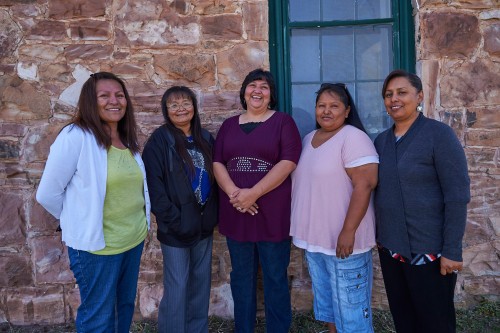About
Social Factors Influence Youth Suicide
Youth with suicidal behavior frequently report friendship problems, social isolation, conflict with boyfriend/girlfriend, peer stressors and victimization from peers as reasons for attempting suicide.
Surveillance data from the White Mountain Apache tribe reveals that 61% of youth suicides occurred in youth less than 25 years old, with some of the most commonly cited reasons being relationship problems or interpersonal conflict with friends or family members (Mullany, et al. 2009). Suicide clusters are also common among youth in schools or small communities. While interpersonal factors often lead to suicidal behavior and play a key role in suicide clusters, the effects of social influences at the level of larger, community networks are not well studied in suicide research.
Social Network Analysis to Understand Youth Suicide
This study seeks to shift current paradigms, which have focused on individual-level risks, by utilizing social network methodologiesnovel to the field of suicide research to investigate the effect of community networks in order to promote social, cultural and organizational assets that are hypothesized to reduce suicidal behavior.
This project will be completed according to three phases:
Phase I: Formative phase using roundtables with key informants to explore potential social network characteristics of suicidal Apache youth and develop a Social Network Inventory for use in Phase II.
Phase II: Data collection phase recruiting Apache youth with a recent suicide attempt to complete the culturally adapted Social Network Inventory and some additional assessments.
Phase III: Model development phase holding round table discussions with stakeholders to use the results to design a prevention model based on increased social network understanding.
Potential Outcomes of the Project
We will enhance our current suicide prevention model based on community experience of the social influences on youth suicide and data from at-risk youth. This project will initiate the development of an instrument that details family and community level risk/protective factors, rather than existing screening/assessment methods that utilize mainly intrapersonal and individual-level factors to determine suicide risk.
Acknowledgement of community-level, socio-cultural determinants of youth suicide will enhance community responsiveness and inform culturally congruent prevention efforts.
Funders and replication partners
This project is supported by Native American Research Centers for Health (NARCH) funding.

